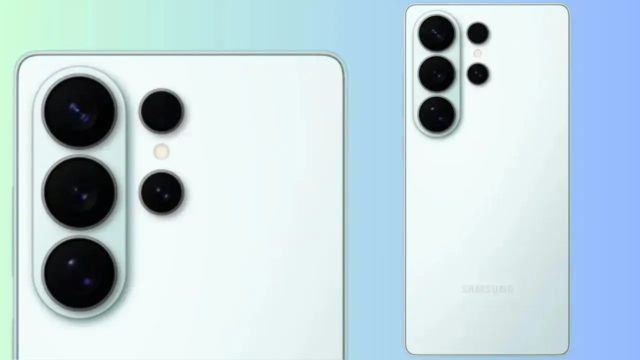Apple is introducing a significant innovation in disk image technology with macOS 26 Tahoe. ASIF (Apple Sparse Image Format), which will replace old disk image formats such as UDSP (encrypted sparse image), which have been known for many years as reliable but low-performance, has taken its place in the system as a new disk image format that can reach almost native disk speeds.
The ASIF format can be used not only for virtualization but also for general-purpose use. Apple defines this format with features such as the ability to configure data independently of the host file system and the space the image occupies on the disk to change dynamically according to the content. Technically, it is marked as a sparse file on APFS.
macOS 26 Tahoe tackles performance problems with the new disk image format ASIF
In tests, ASIF disk images managed to reach high speeds on Macs with Apple Silicon processors. In tests conducted on a MacBook Pro with an M3 Pro processor running macOS 26:
- 5.8 GB/s read and 6.6 GB/s write with an unencrypted APFS volume
- 4.8 GB/s read and 4.6 GB/s write with an encrypted APFS volume.

Similar results were obtained on a Mac mini with an M4 Pro processor running macOS 15.5 Sequoia. This shows that the ASIF format is not limited to Tahoe and can also be read on Sequoia. However, it can only be created on Tahoe.
ASIF disk images can currently only be created using Disk Utility or the diskutil command-line tool. For example:
diskutil image create blank --format ASIF --size 100G --volumeName myVolume imagePathThis command creates an ASIF disk image with a capacity of 100 GB and a APFS volume named “myVolume”. Images created in other formats can also be converted to ASIF with the –from parameter. The hdiutil tool does not yet support ASIF-specific features. The ASIF files created have the com.apple.disk-image-sparse UTI type. This makes it easier to distinguish them from traditional com.apple.disk-image-udif type RAW (UDRW) images.
Apple recommends using ASIF in disk backup formats used especially for virtual machines. Although current virtualization applications do not yet support this format, updates in this direction are expected in the near future considering the performance gains. Since ASIF only works with a single file structure, it can be preferred over multi-file structures such as sparse bundles.
However, another point to note is backward compatibility. Apple has not yet shared clear information on how ASIF images will be supported by older macOS versions. Therefore, it is recommended to be careful until extended support is available.













